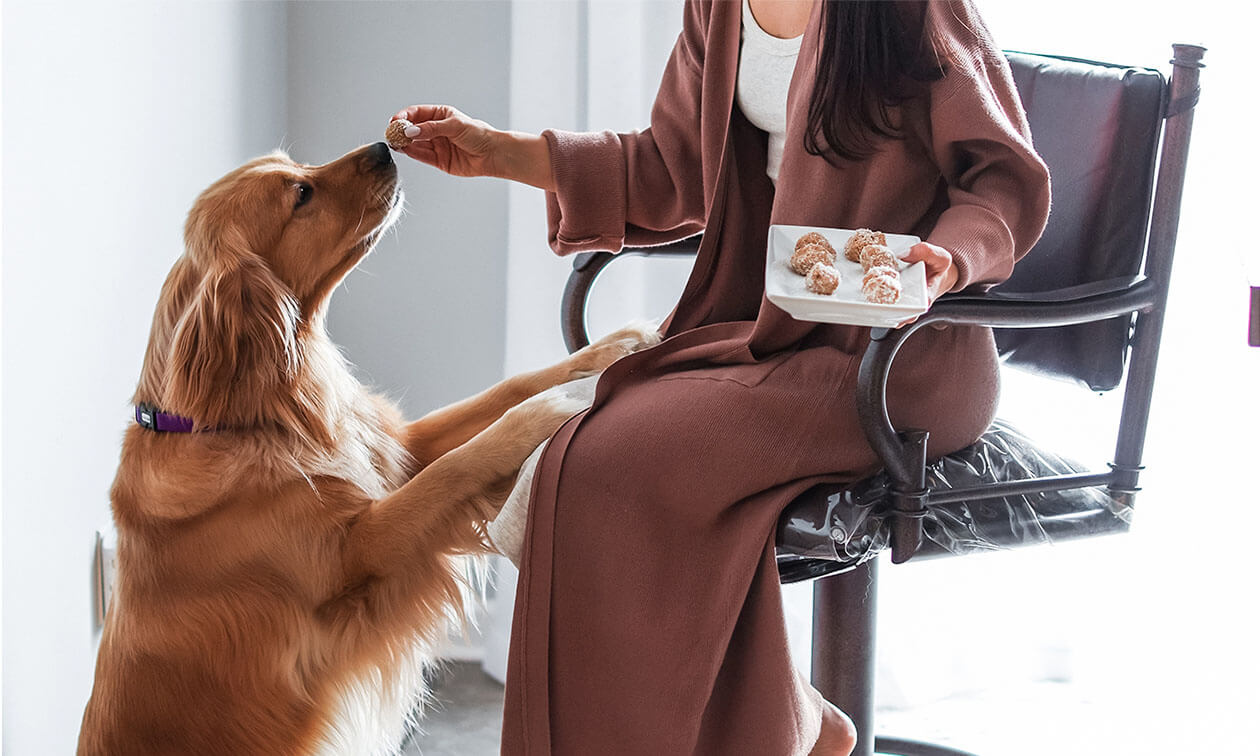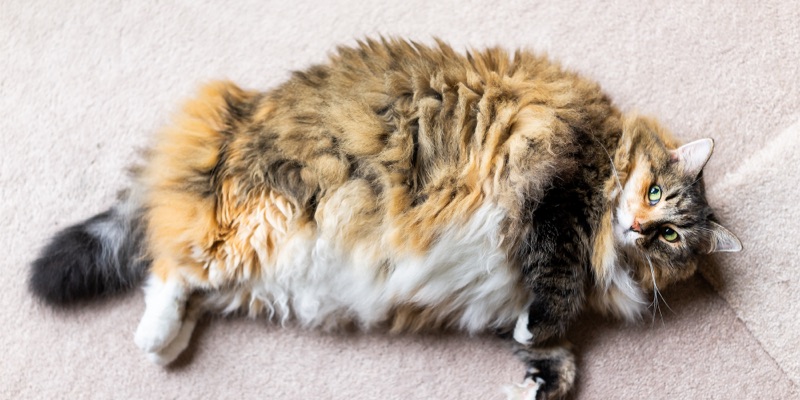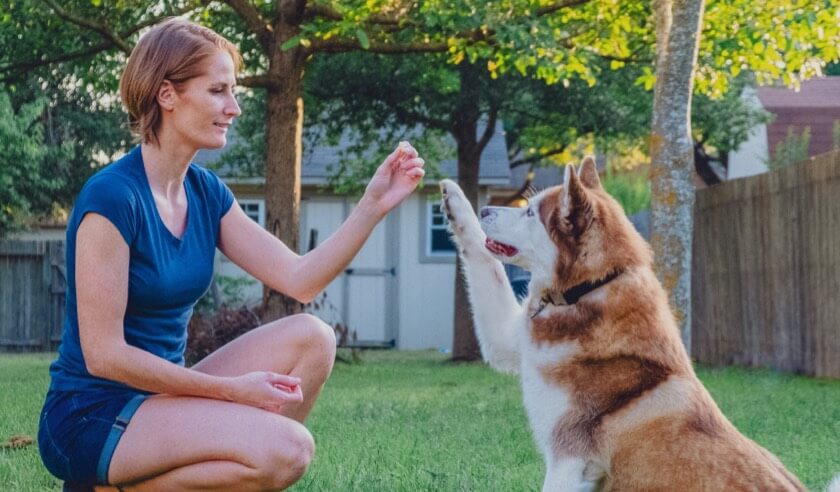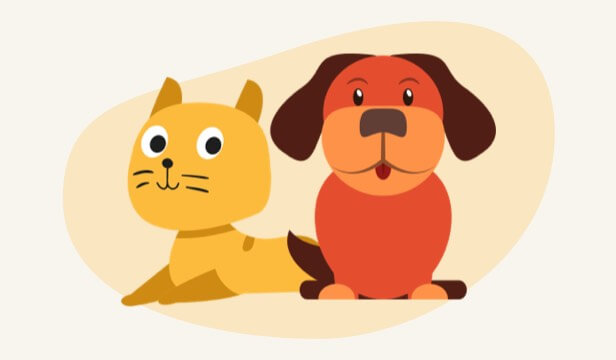From your pet's perspective, “too much” is a positive phrase if we're talking about treats. We all know our pets love treats, but most, if not all, pet professionals agree that too many or the wrong type of treats can have a downside.
You may be wondering how many are too many when giving treats to your pets (and what treats are best). Read on for the answers!
Dog & Cat Treats and Their Nutrition
Treats are meant as rewards or occasional delights for your pets They are also a great training aid when working with your pet. They are not a source of complete nutrition and can't replace a proper well-balanced diet. Many treats are high in fat, sugar, sodium, and calories. Much like candy or chips for us, it is what makes them tasty!
It's easy to give a handful of treats without realizing how many calories you've just added to your pet's daily intake. Sometimes even a few treats to small dog or cat can be equivalent to us eating a few cheeseburgers! Depending on the ingredients, these treats may be empty calories with little nutritional value.
There can be serious health risks if your pet becomes overweight from eating too many treats. They can have a higher incidence of arthritis pain, diabetes, skin problems and shorter life span if they are overweight. For a 10lb dog or cat, gaining just 1lb is enough to make them overweight!
Pet owners often use human food for treats. While some human food is safe for pets and fine to use, be cautious. Some human foods can harm pets with potentially toxic ingredients and high fat, sodium, sugar, and calories. Just because it's complete nutrition for us doesn't mean it's complete nutrition for your dog or cat and may be too rich for your pet. Also, many dogs and cats are sensitive to ingredients in human food and feeding them these foods can cause stomach issues. And while baking for your pet can be fun, it’s important to be mindful of toxic or new ingredients that can upset their stomach.
How Many Treats Your Dog or Cat Should Get Each Day
A common rule of thumb is that treats should make up no more than 10% of your pet's daily diet. While that seems easy enough, there's more to it than simple math.
First, you need to calculate your pet's daily caloric need — the number of calories they need to support their body's energy demand to maintain their weight. It's impacted by several factors, such as their age, reproductive status, activity level, medical issues, and their current weight/body condition. If your pet is on a diet and you are trying to calculate their calories, look at your pet’s goal weight, not its current weight. Your veterinarian is a good source to help determine your pet's caloric needs.
Second, you need to accurately measure your pet's food so you know how many calories they're getting with each meal. If their food is not properly measured (or, better yet, weighed) before feeding, they may be getting more calories than you realize. For example, the bag of dry food may say one cup equals 200 calories, but are you using a measuring cup or estimating with a mug or scoop? If you're off by even a small amount, you could be under or over-estimating the calories they're getting from food over the course of days and weeks.
Third, you need to know the calorie count per serving of the treats and track how many you give. People often treat their pet throughout the day and don’t realize how many they are getting.
How Many Treats Should Your Dog or Cat Get Daily?
The first step in determining how many treats your pet can have each day is to determine their daily caloric need. This can be calculated by talking with your veterinarian and using a special dog or cat calorie calculator, such as the ones from Pet Nutrition Alliance
Once you know your pet's daily caloric need, calculate 10% of that amount. Total daily caloric need x 0.10 = total calories from treats. For example, if your cat's daily caloric need is 275 calories, 275 x 0.10 = 27 calories. Check the calorie count for their treats and measure out approximately 27 calories worth of treats. That's their treat allowance each day.
Consider treats in categories to help you pay better attention to serving size and calories. "Sometimes" treats are usually reserved for special occasions or intense training since they can be higher in calories and fat, like liver or inexpensive drug store treats and biscuits. "Anytime" treats are healthier and lower in calories, like pet-safe fruits and vegetables. There are some store-bought treats that are only 1-2 calories and these are also great “anytime” treats. "Sometimes" treats should be limited versus “anytime" treats which may be given at a higher volume.
Treats And Training
Treats are often used in training, so during big training periods there can be a lot of extra treats and calories. When this happens, you can simply do a kibble exchange. Determine how many extra calories your pet had in treats and subtract that amount from a serving of their regular food to avoid going over their daily caloric need for the day. Remember, treats aren't nutritionally complete, so your pet should still be getting most of their calories from their food daily.
If you have an active training or high-energy enrichment or play day with your pet, they will burn more calories, so their daily caloric need will be higher. On those days, there is no need to worry if you exceed their daily allowance for calories.
To help avoid an excess of calories from treats, you can try the following tricks:
- Cut treats into smaller pieces. A little piece is more than enough for positive reinforcement. Treats during training should be eaten quickly so your pet can return their focus to you, so smaller is better.
- Use low calorie veggies. Make sure you're using veggies that are safe for your dog or cat, as some can be toxic or cause digestive upset. Dogs love things such as baby carrots
- Roll or toss a treat. Your pet gets their reward but burns more calories chasing after it.
- Use your pet's regular food. Their wet or dry food can be used as treats between meals. There are recipes to bake their canned food into fun treats. You can also trick your dog and have the kibble in a treat jar and they think it is a treat.
It is always fun and rewarding to give treats to our pets, but make sure you aren’t adding unnecessary calories or causing stomach upset. Talk to your veterinarian and come up with a plan to enjoy treating your pet in a healthy way.
ZPC-02568





